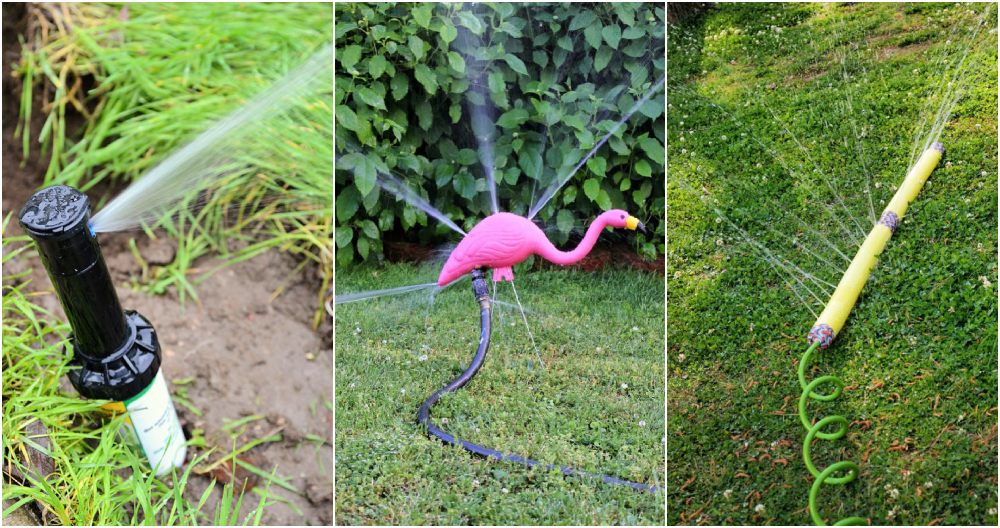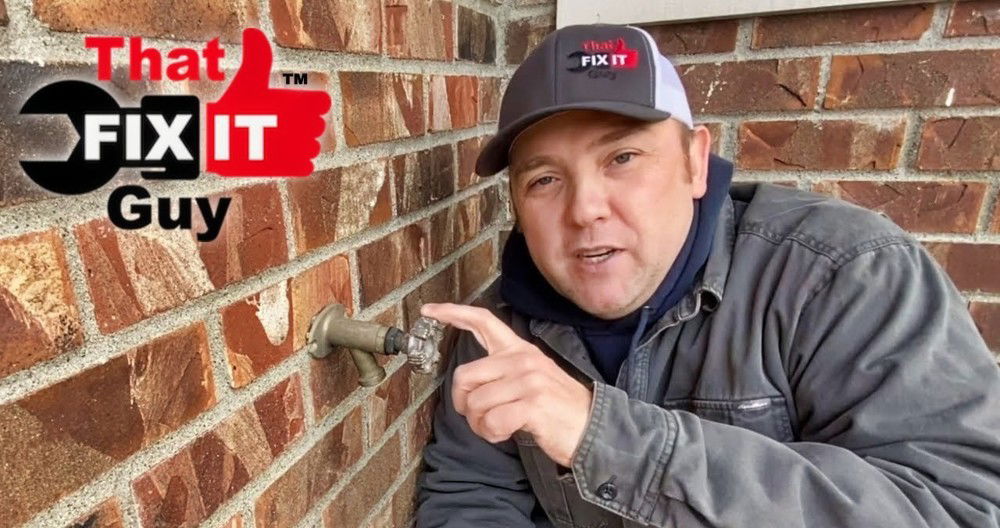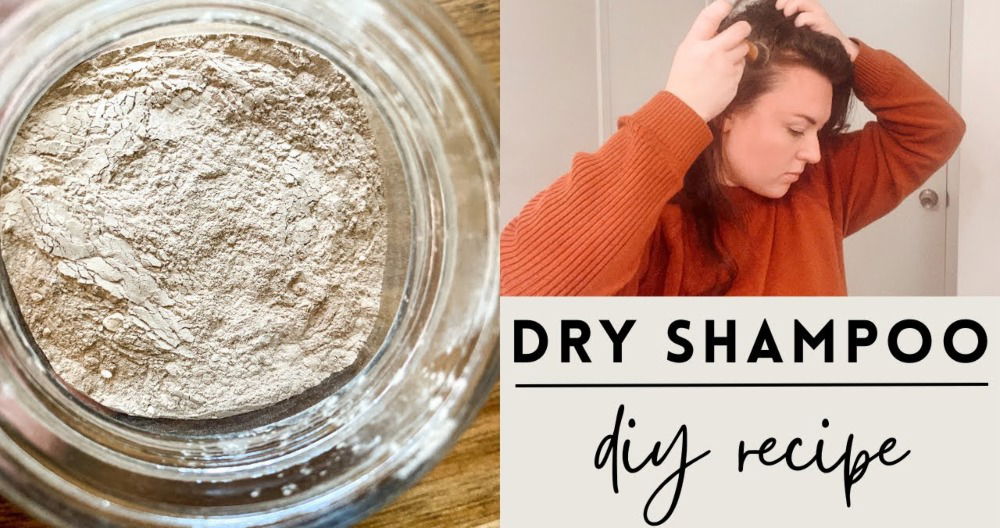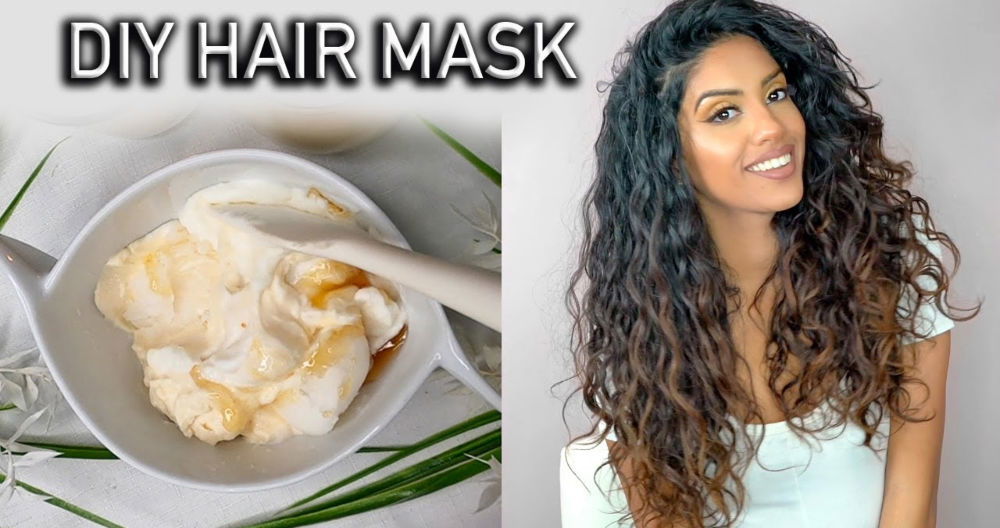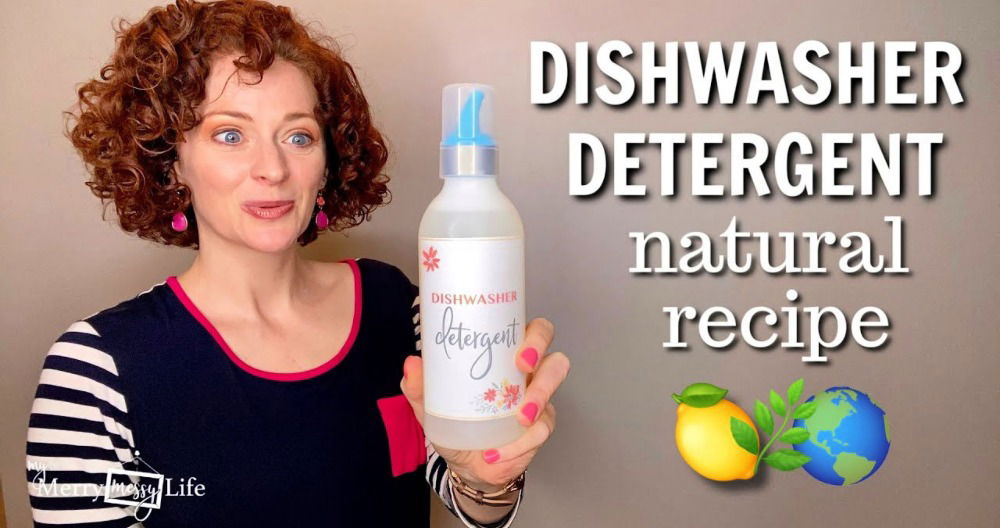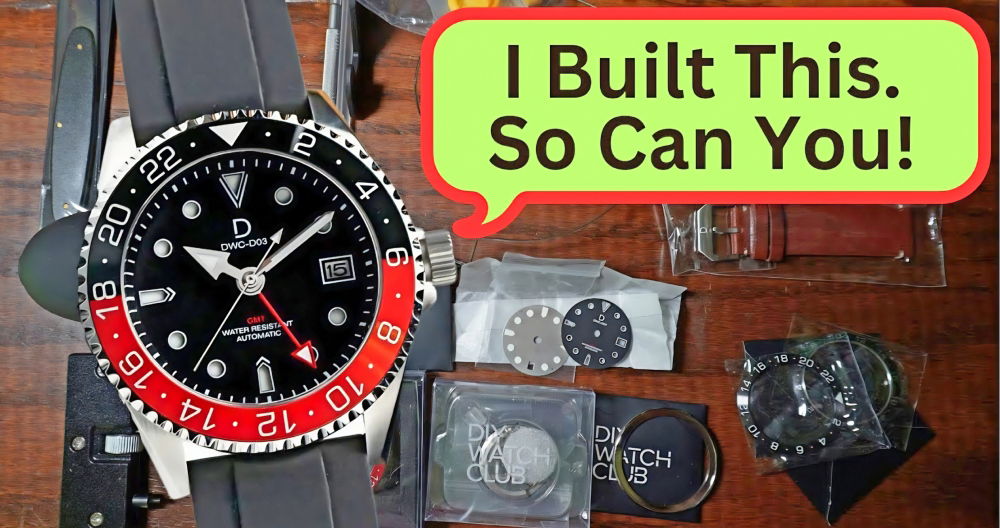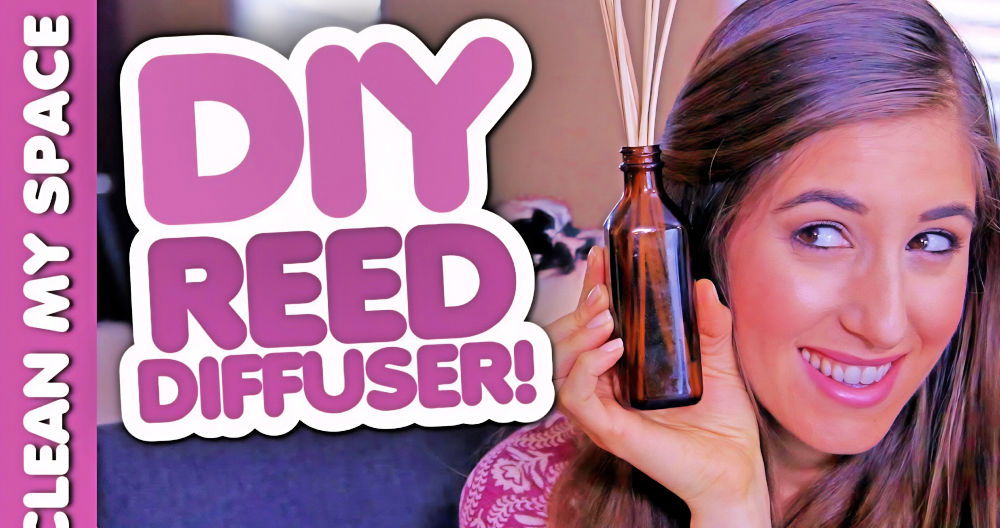Today, I want to share my experience with DIY dog grooming. Grooming my dog at home seemed hard at first. But, with time, I learned useful tips. I saved money and made it a fun time with my dog. This guide will help you groom your dog at home too. It's simple and very rewarding.
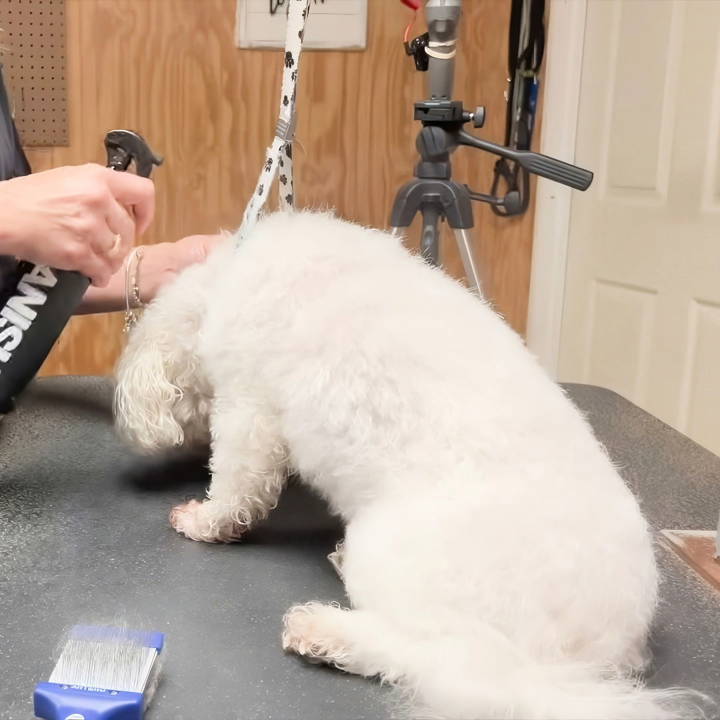
Through many sessions, I found a rhythm. First, gather all the tools. Brush the dog to remove tangles. Trim fur, clip nails, and clean ears. Take your time. Praise your dog at each step. Now, I enjoy grooming my dog.
I'm sure you will, too. These tips can make you feel confident and save trips to the groomer.
Materials Needed and Their Importance
Before diving into the grooming process, it's essential to have the right tools and materials at hand. Here's what you'll need:
- Conditioning Spray: A high-quality conditioning spray, like the one I used, Banish, helps detangle and condition the coat, making brushing easier and more comfortable for the dog.
- Flexible Soft Slicker Brush: This brush type is gentle on the dog's coat and skin, making it perfect for removing tangles.
- Comb: A comb helps ensure you've thoroughly brushed out the fur by passing it through the dog's hair.
- Clippers and Guard Combs: Clippers with various guard combs allow you to trim the dog's hair to the desired length safely.
- Scissors: Scissors are necessary for trimming around the dog's face, feet, and tail for a polished look.
Step by Step Instructions
Learn how to DIY dog grooming with our step-by-step guide, from preparing daisies to clipping and final touches. Perfect grooming tips for your furry friend.
Step 1: Preparing Daisy
The first step was to get Daisy accustomed and comfortable with the grooming table. After securing her, I began by brushing her coat using the slicker brush, gently working out any tangles. The conditioning spray proved invaluable here, as it added moisture to the coat, making it easier to brush through. Ensuring Daisy was mat-free was crucial for the bath and haircut that would follow.
Step 2: Bath Time
After Daisy was fully brushed out, we headed to the bath. I used a mild dog shampoo and made sure to get her completely wet down to the skin. Bathing not only cleans the dog but prepares the coat for cutting by removing any dirt or oils that can interfere with the clippers. The conditioner was mixed with warm water and applied after rinsing the shampoo out; this step ensures the coat stays hydrated and manageable.
Step 3: Drying and Further Brushing
Post-bath, drying Daisy thoroughly was next. The absorber towel I used made quick work of removing excess water. Then, using a stand dryer and brushing her coat in the direction of hair growth helped straighten out her fur, making the upcoming haircut much easier.
Step 4: Clipping and Scissoring
With Daisy dry, I began clipping her coat using the clippers and applicable guard combs. The light, quiet clipper didn't startle her, making the process smoother. For her head and ears, I switched to scissors for precision, carefully trimming around her eyes and ears to ensure a neat appearance.
Step 5: Final Touches
I paid special attention to Daisy's nails, trimming them to a comfortable length. Cleaning her ears and a final brushing gave Daisy a polished look. A spritz of dog-friendly perfume and a cute red bow added the perfect finishing touches.
Grooming for Specific Conditions
When it comes to grooming dogs with specific conditions, it's important to approach the task with care and knowledge. Here's a comprehensive guide to help you groom your furry friend safely and effectively.
Understanding Your Dog's Condition
Before you begin, identify any skin conditions, allergies, or sensitivities your dog may have. Consult with your vet to understand the do's and don'ts for your dog's particular situation. For instance, dogs with sensitive skin may require hypoallergenic shampoos.
Choosing the Right Products
Select grooming products specifically designed for dogs with special conditions. Look for shampoos and conditioners that are free of harsh chemicals and fragrances. Products containing natural ingredients like oatmeal can soothe irritated skin.
Preparing for Grooming
Create a calm environment to keep your dog relaxed. Gather all your grooming tools beforehand, ensuring they are clean and suitable for use on a dog with a specific condition.
Brushing Techniques
Gentle brushing is key. Use a soft-bristled brush and be mindful of any sensitive areas. Regular brushing helps prevent matting, which can be painful and lead to further skin irritation.
Bathing Process
When bathing, use lukewarm water and gently apply the shampoo. Avoid scrubbing, as this can aggravate the skin. Rinse thoroughly to ensure no residue is left behind, as this can cause itching and discomfort.
Drying Your Dog
Pat your dog dry with a soft towel instead of rubbing. If you use a blow dryer, set it on the cool setting and hold it at a distance to prevent overheating and drying out the skin.
Post-Grooming Care
After grooming, check your dog's skin for any signs of irritation. Apply a vet-recommended moisturizer if needed, especially on dry or cracked paws.
Regular Vet Check-Ups
Keep up with regular vet visits to monitor your dog's condition and make any necessary adjustments to your grooming routine.
By following these guidelines, you can ensure that your dog remains comfortable and healthy, even with specific grooming challenges.
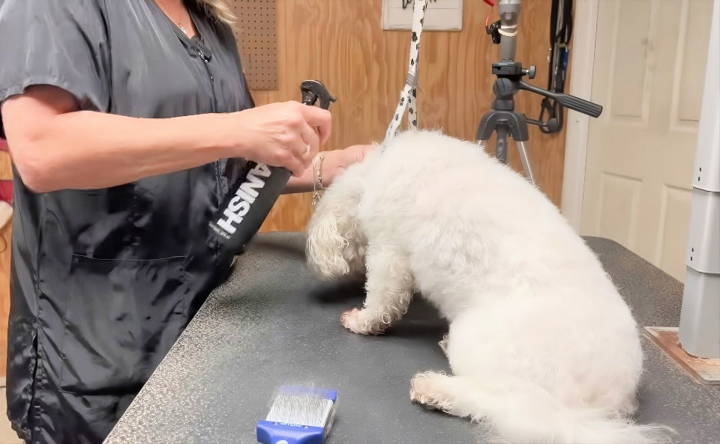
Seasonal Grooming Advice
Proper grooming is essential for your dog's health and happiness, and it varies with the seasons. Here's how you can adapt your grooming routine to keep your dog comfortable throughout the year.
Spring: Freshen Up
Spring is the time for renewal. As the weather warms up, your dog will start to shed its winter coat. Increase brushing frequency to help remove loose fur and prevent matting. This is also a good time to trim nails and clean ears as outdoor activities increase.
Summer: Stay Cool
During the hot months, keep your dog's coat a bit longer to protect their skin from sunburn. Regular baths can help cool them down, but always use a dog-specific, gentle shampoo. After outdoor fun, check for ticks and other parasites.
Fall: Prep for the Cold
As the temperature drops, your dog's coat will thicken. Keep up with brushing to remove dead hair and distribute natural oils. Pay special attention to paw care; moisturize pads to heal any damage from summer activities.
Winter: Protect from the Elements
Winter can be harsh with cold and dry air affecting your dog's skin and coat. Consider using a humidifier indoors to help keep their skin from getting too dry. Limit baths during this time to avoid stripping their coat of essential oils, and always dry your dog thoroughly to prevent chills.
By adjusting your grooming routine to the changing seasons, you'll ensure your dog stays healthy and comfortable all year round.
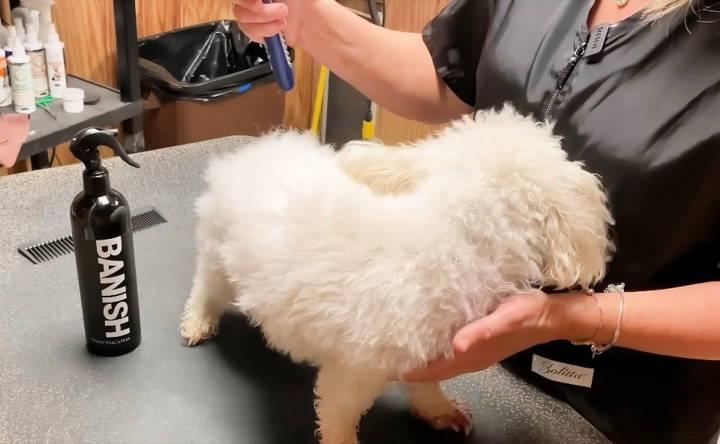
Troubleshooting Common Issues
Grooming your dog at home can be a rewarding experience, but it's not without its challenges. Here are some common issues you might encounter and how to handle them:
Dealing with Mats and Tangles
Mats can form in areas of friction, such as under the collar or behind the ears. To tackle these, use a detangling spray and a wide-toothed comb. Work slowly and gently, starting from the ends of the hair and moving toward the skin.
Managing Shedding
Shedding is natural, but excessive shedding can be a nuisance. Regular brushing is the best way to manage it. For short coats, use a rubber brush; for denser coats, a slicker brush works well; and for long coats, a comb is suitable. During peak shedding seasons, consider using an undercoat rake.
Nail Trimming Troubles
Trimming your dog's nails can be intimidating. If you accidentally cut the quick, it can cause bleeding. To avoid this, trim small amounts at a time and have styptic powder on hand to stop any bleeding. If you're unsure, seek guidance from a professional groomer.
Bathing Challenges
Some dogs dislike baths. To make it a positive experience, use lukewarm water and praise your dog throughout the process. If your dog is resistant, try bathing with a partner who can help keep them calm and steady.
Ear Cleaning Care
Be cautious when cleaning your dog's ears. Use a vet-approved ear-cleaning solution and a cotton ball. Never insert anything into the ear canal; just clean the outer ear gently to avoid injury.
Eye Area Cleaning
The area around your dog's eyes requires careful attention. Use a damp cloth to wipe away any discharge. Make sure not to touch the eye itself, and consult your vet if you notice any signs of infection.
By being prepared and patient, you can solve most grooming issues at home. Always prioritize your dog's comfort and safety, and don't hesitate to consult a professional if needed.
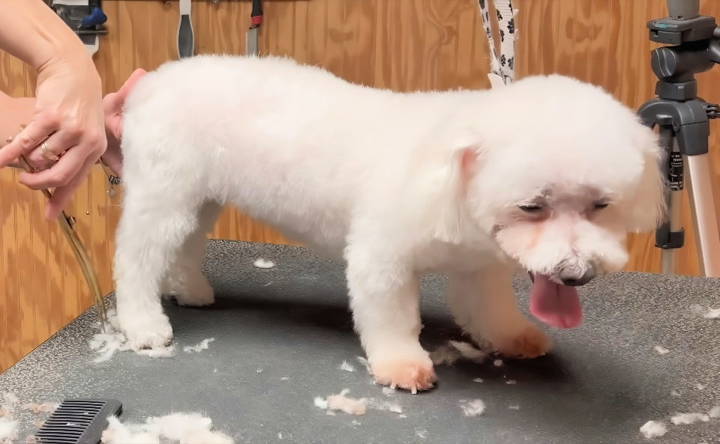
Health and Safety Tips
Ensuring the health and safety of your dog during grooming is paramount. Here are some tips to help you groom your pet without causing them stress or discomfort:
Stay Informed and Prepared
Before you start, learn about your dog's breed-specific grooming needs. Have a first-aid kit handy for any minor accidents.
Use the Right Tools
Choose tools designed for dogs. Rounded-tip scissors are safer for trimming fur, and brushes should be the right type for your dog's coat.
Secure Your Dog
Keep your dog still during grooming to prevent falls or injuries. If possible, have someone assist you, especially when using elevated surfaces.
Be Gentle with Ears and Eyes
Use vet-approved cleansers for the ears and wipe the eyes gently with a damp cloth. Never insert anything into the ear canal.
Trim Nails Carefully
Cut nails cautiously to avoid the quick, which can bleed if nicked. If you're unsure about doing it yourself, seek professional help.
Watch for Skin Issues
Regular grooming can reveal skin issues early. Look out for redness, bumps, or parasites. Consult your vet if you find anything unusual.
Reward Your Dog
Positive reinforcement goes a long way. Treats and praise make the experience better for your dog and can ease their anxiety.
By following these health and safety tips, you'll create a positive grooming experience for your dog and help maintain their well-being.
FAQs About DIY Dog Grooming
Explore essential faqs about DIY dog grooming and learn tips, tools, and techniques for safely and efficiently grooming your dog at home.
It’s best to groom your dog every few weeks. Regular grooming keeps their coat clean, reduces shedding, and helps you spot any skin issues early. Brushing can be done more frequently, even daily, for certain breeds.
To trim your dog’s nails safely:
Use a sharp nail clipper or grinder.
Only cut the tip of the nail to avoid the quick, which can bleed.
If you’re unsure, just trim a small amount and do it more frequently.
Reward your dog with treats to make it a positive experience.
Yes, you can bathe your dog at home. Use lukewarm water and a dog-specific shampoo. Avoid getting water in their ears and eyes. After bathing, towel-dry your dog or use a low-heat hairdryer designed for dogs.
The best way to brush your dog's coat is:
Choose a brush suitable for your dog's coat type.
Brush in the direction of hair growth.
Start from the head and work your way down.
Be gentle to avoid hurting the skin.
Regular brushing helps distribute natural oils and keeps the coat shiny.
If your dog Is anxious or uncooperative during grooming sessions, here are some tips to help:
Start slow: Introduce grooming tools and activities gradually.
Create a calm environment: Choose a quiet space and a time when your dog is relaxed.
Use treats and praise: Reward your dog for calm behavior to create positive associations.
Distraction: Use toys or treats like a lick mat or bully stick to keep your dog occupied.
Be patient: Allow your dog to get comfortable at their own pace.
Seek professional advice: If your dog remains anxious, consult a professional groomer or veterinarian for guidance.
Conclusion
Wrapping up, this DIY dog grooming tutorial for pet owners offers an excellent way to take control of your pet's grooming needs. Dog grooming at home not only saves money but also builds a stronger bond with your furry friend. By following this how to groom your dog at home guide, you can ensure your pet stays healthy and happy.



